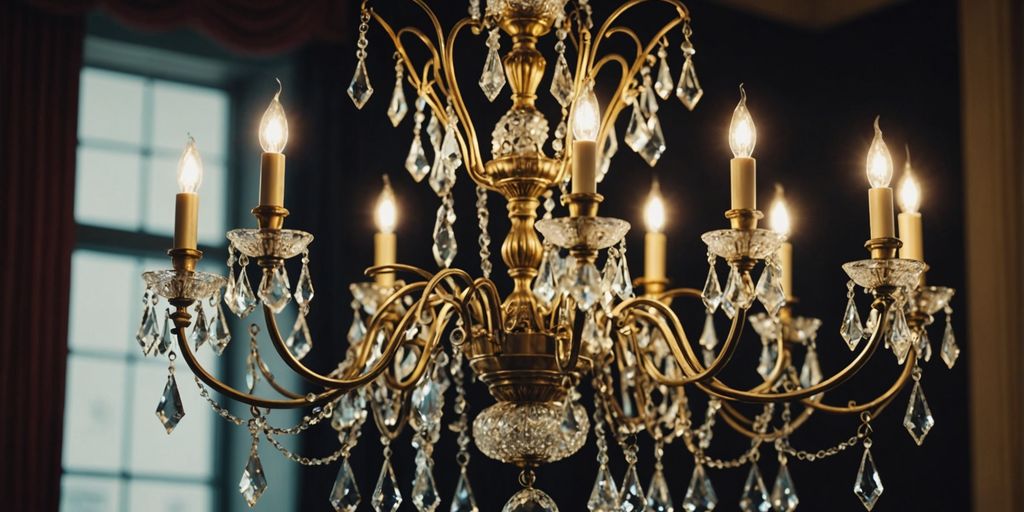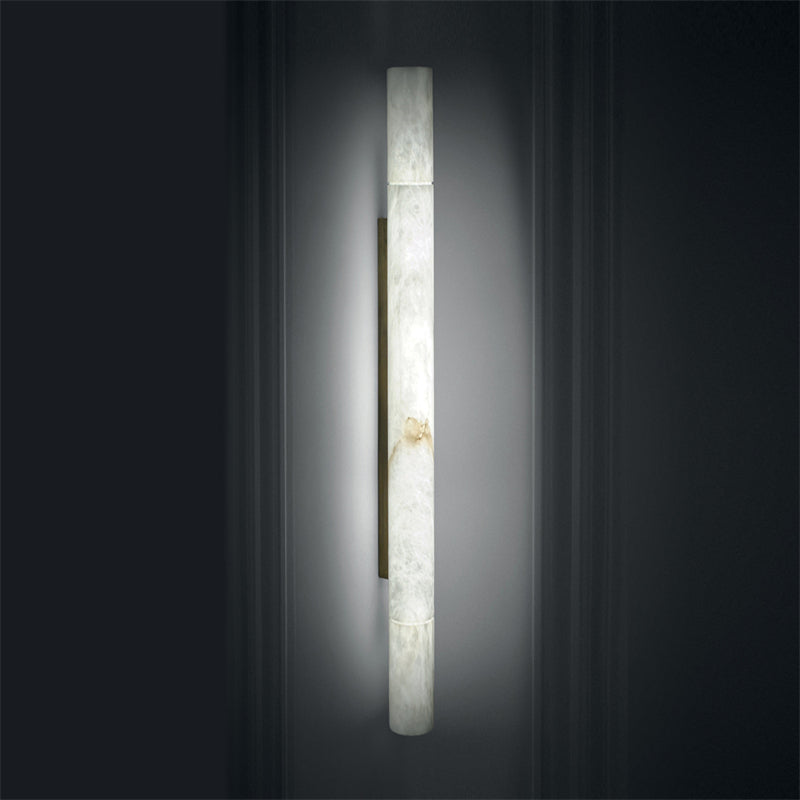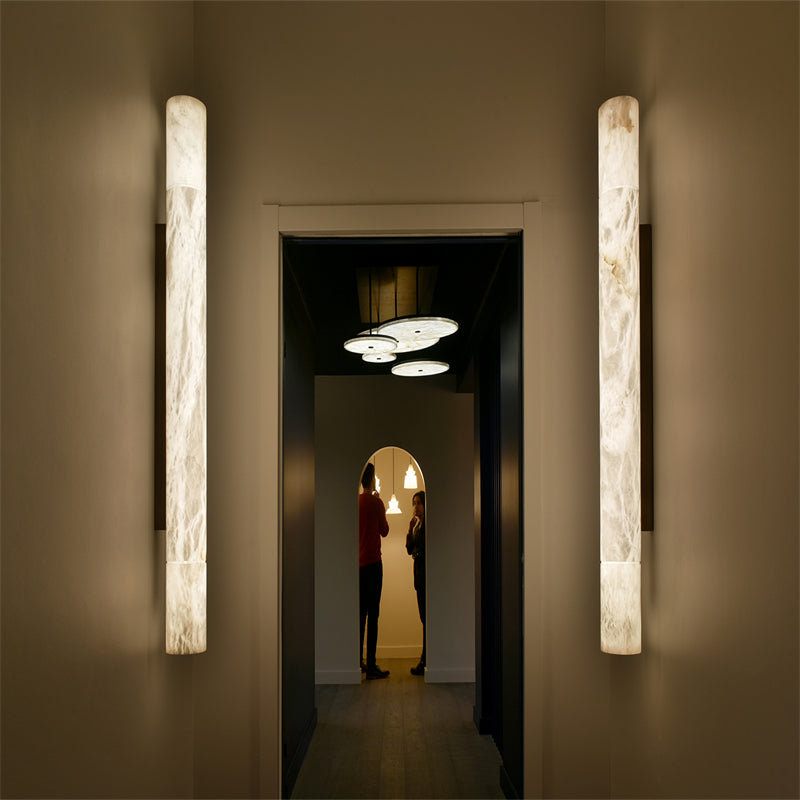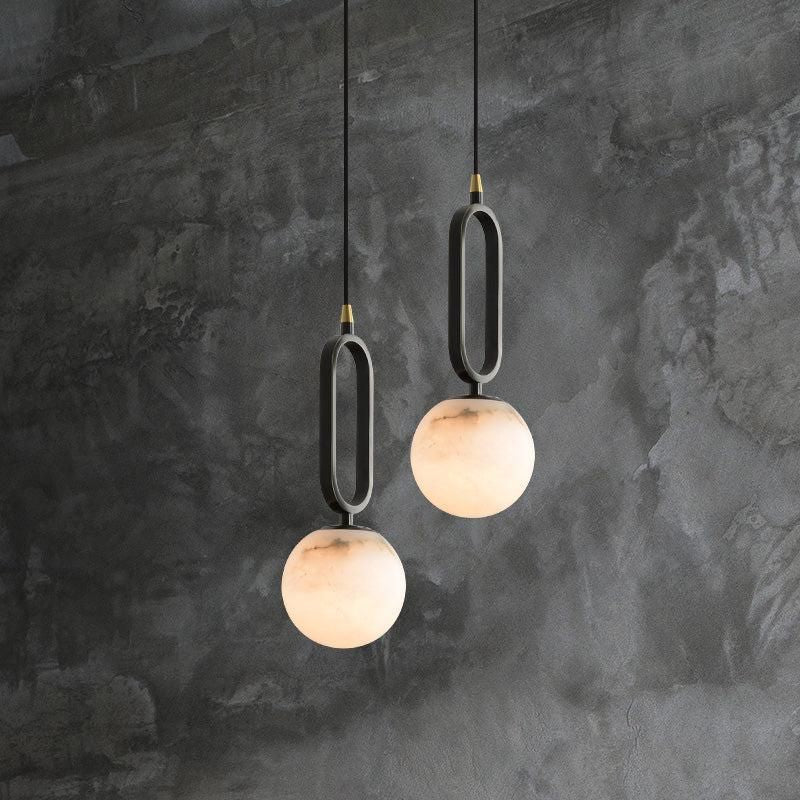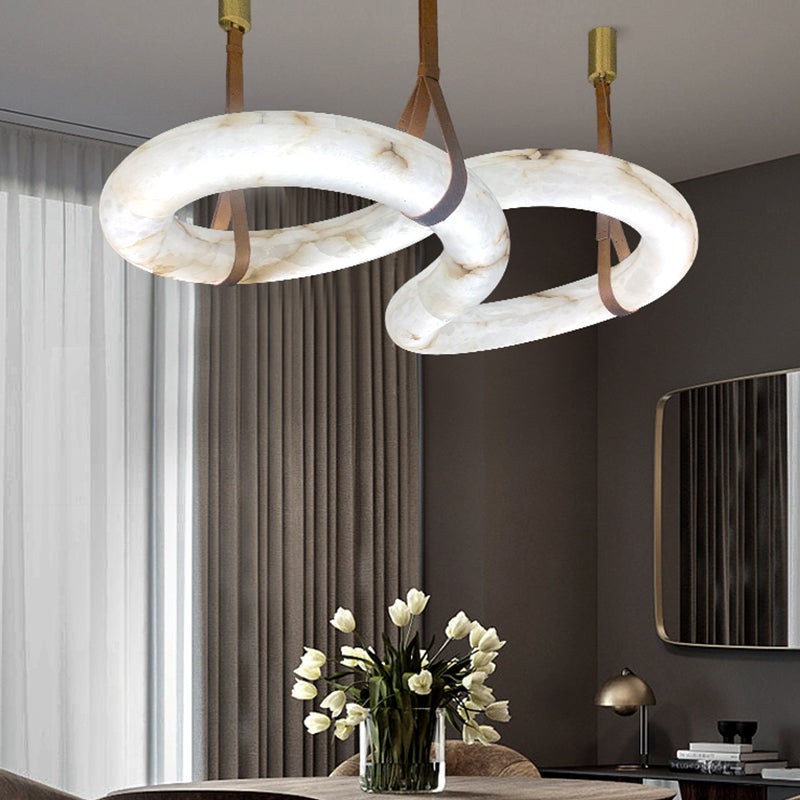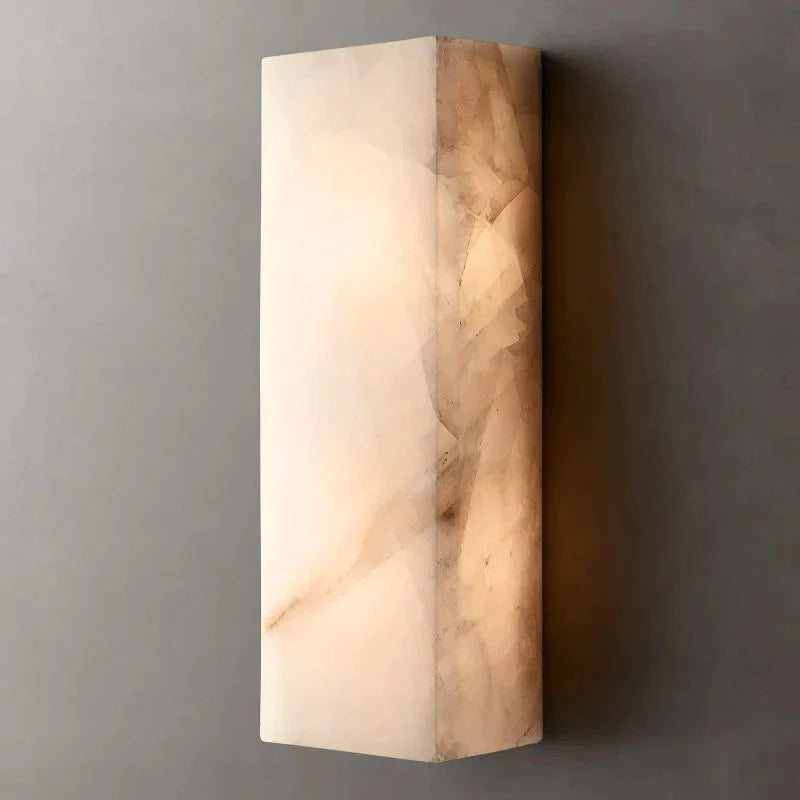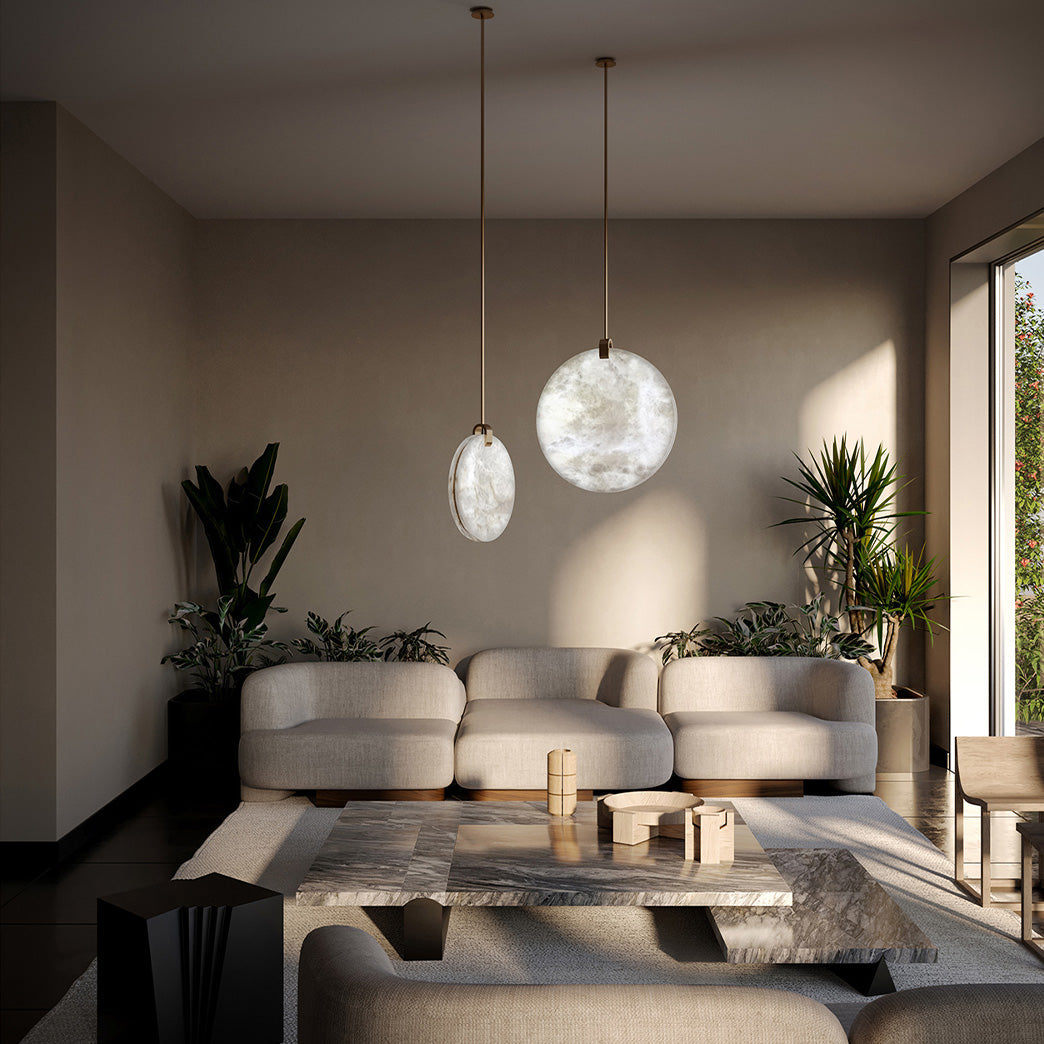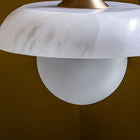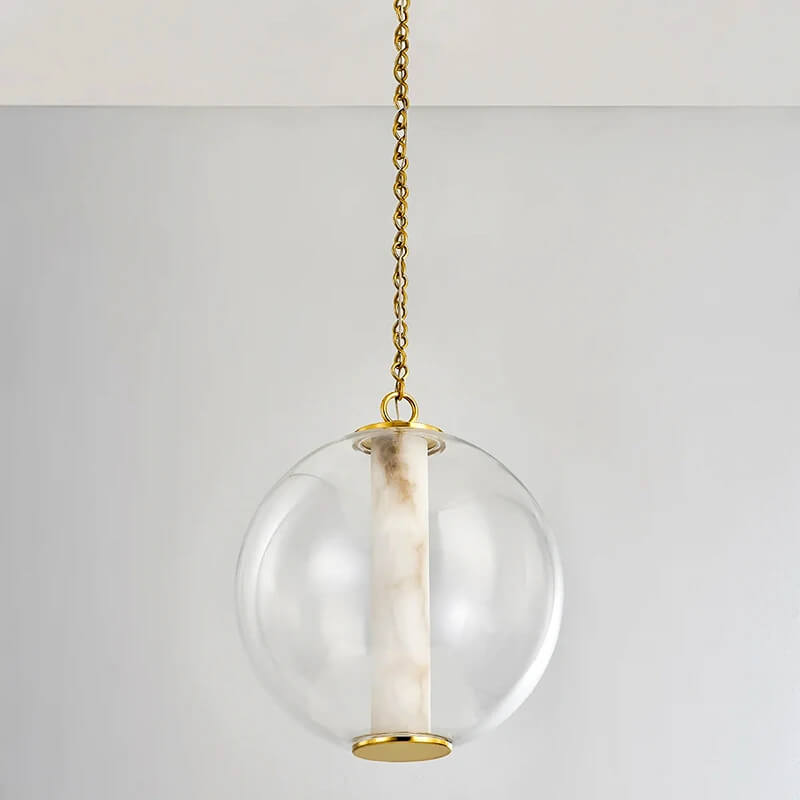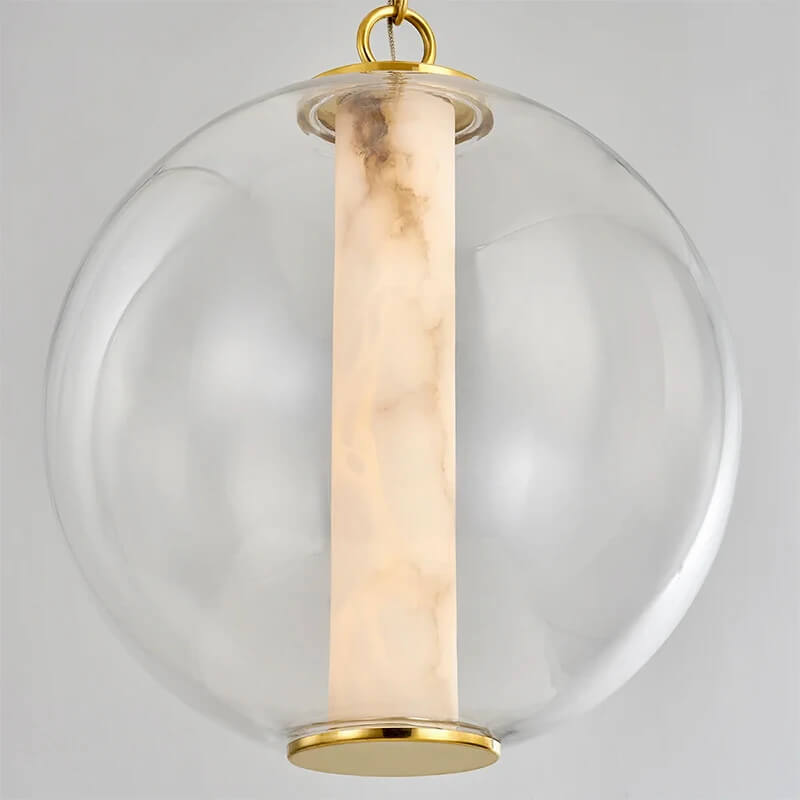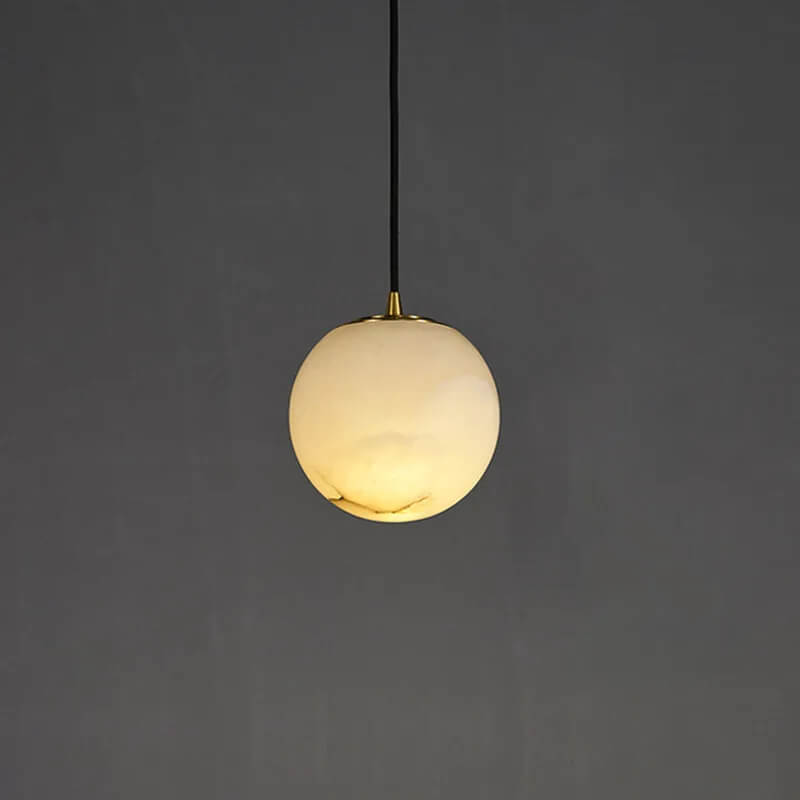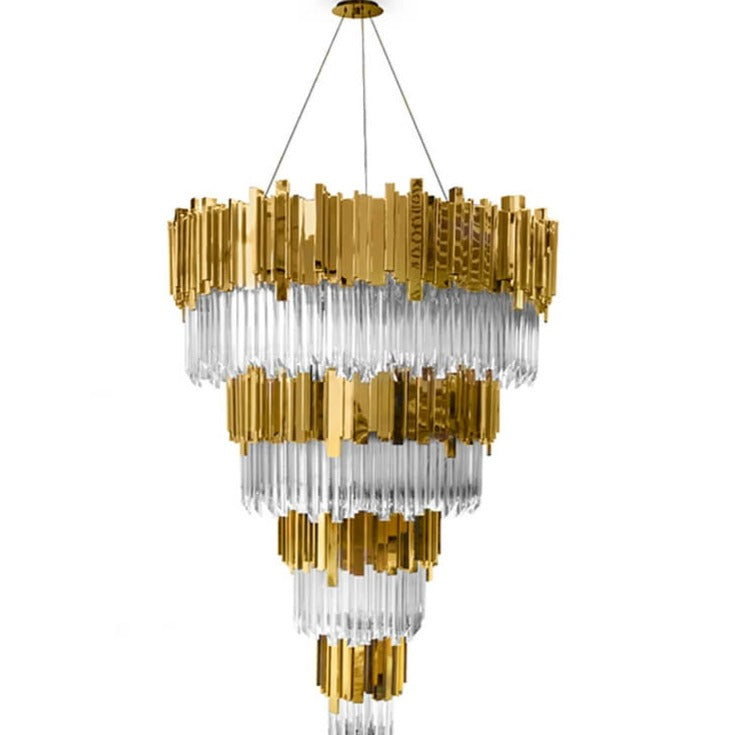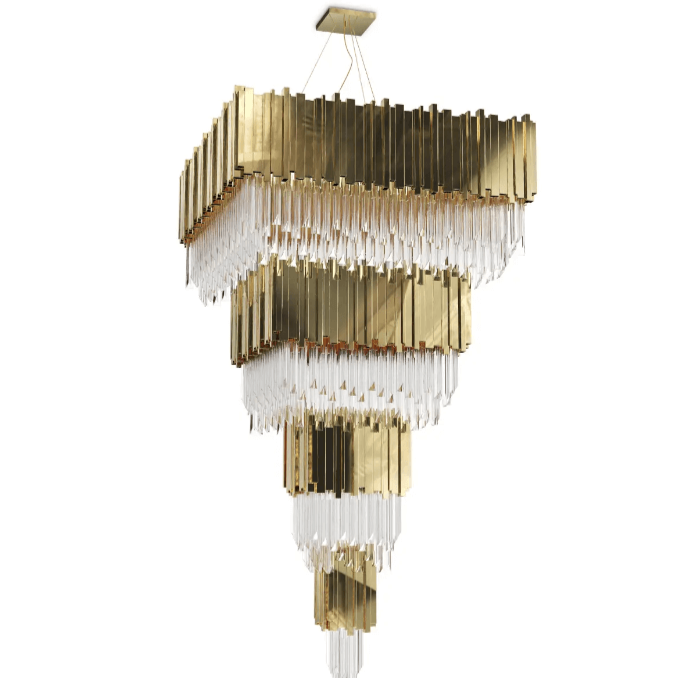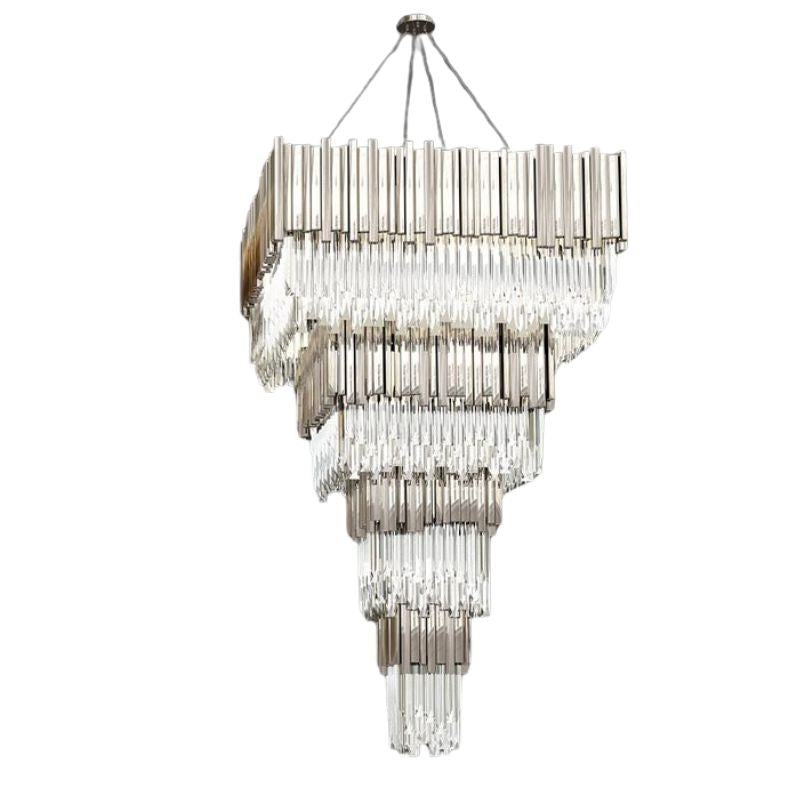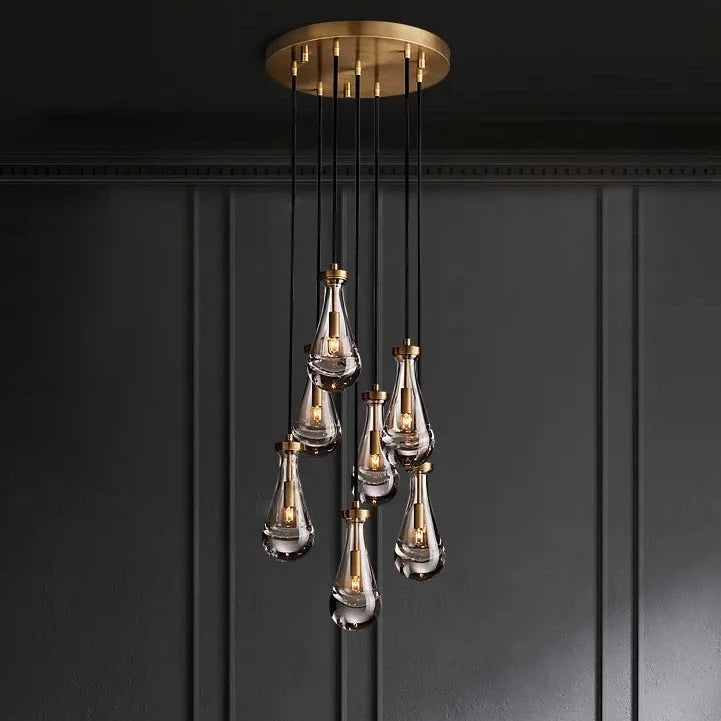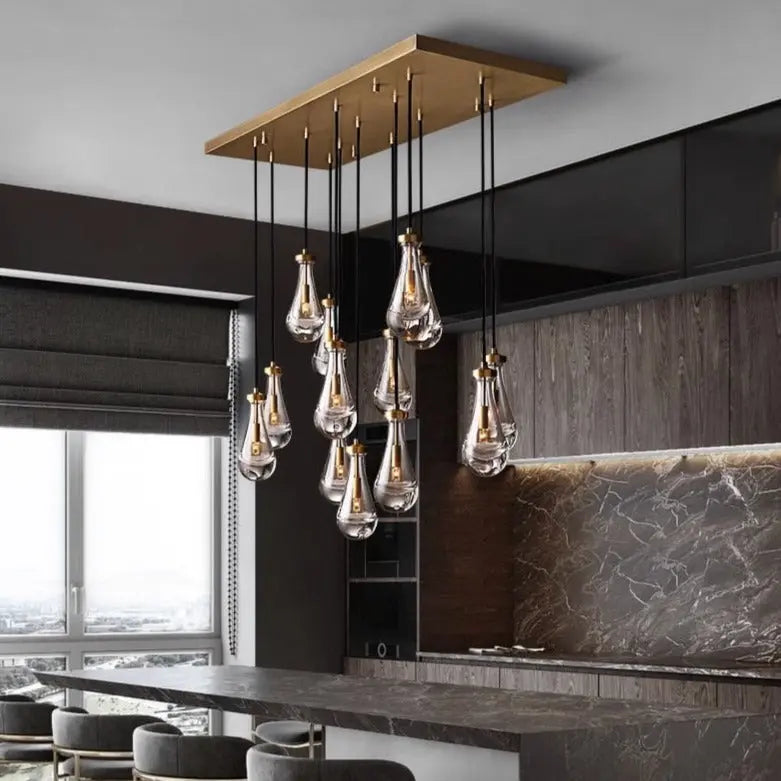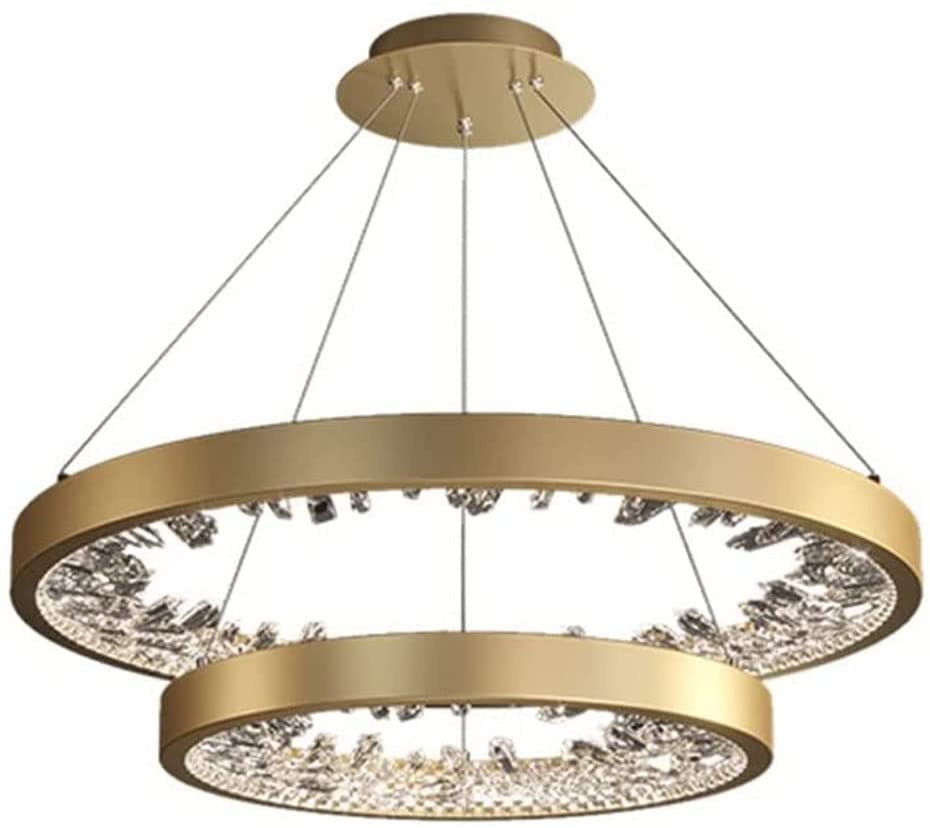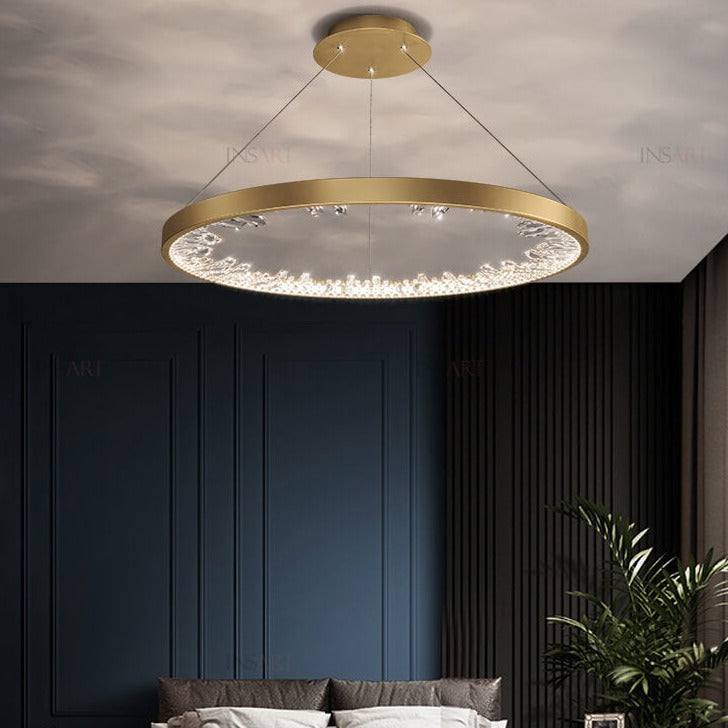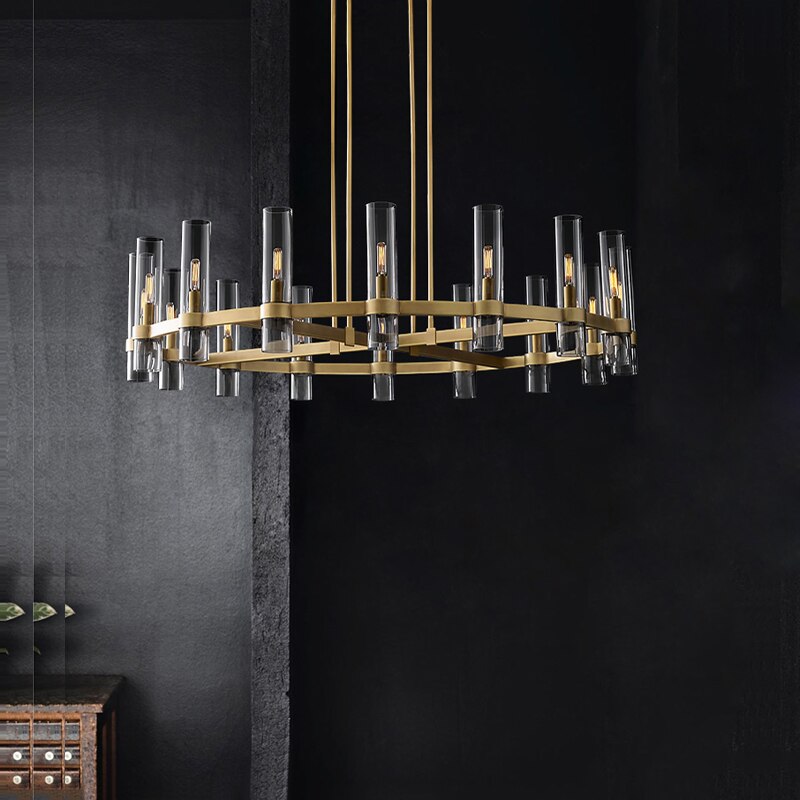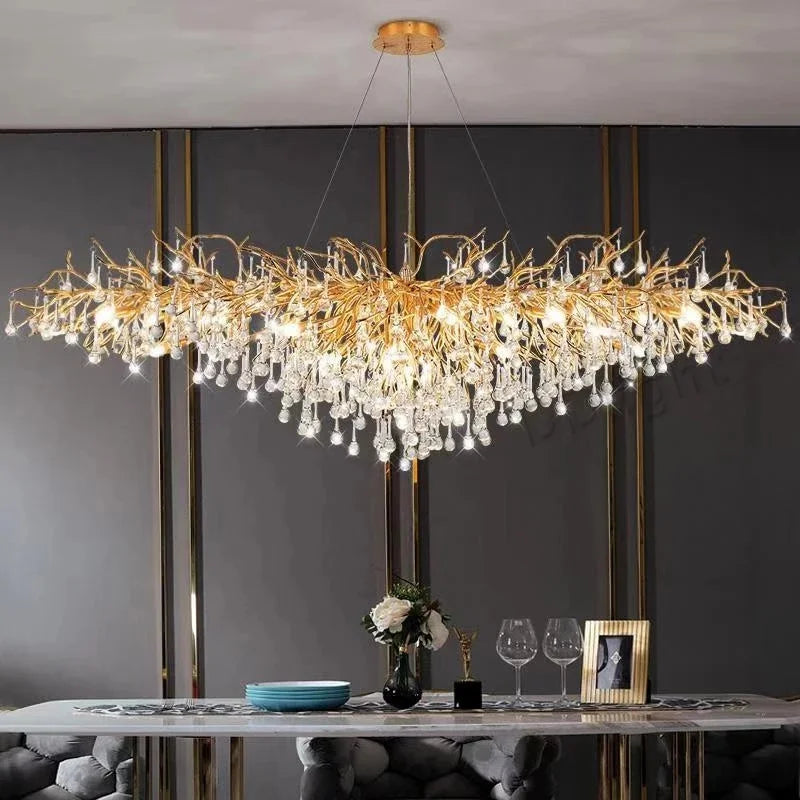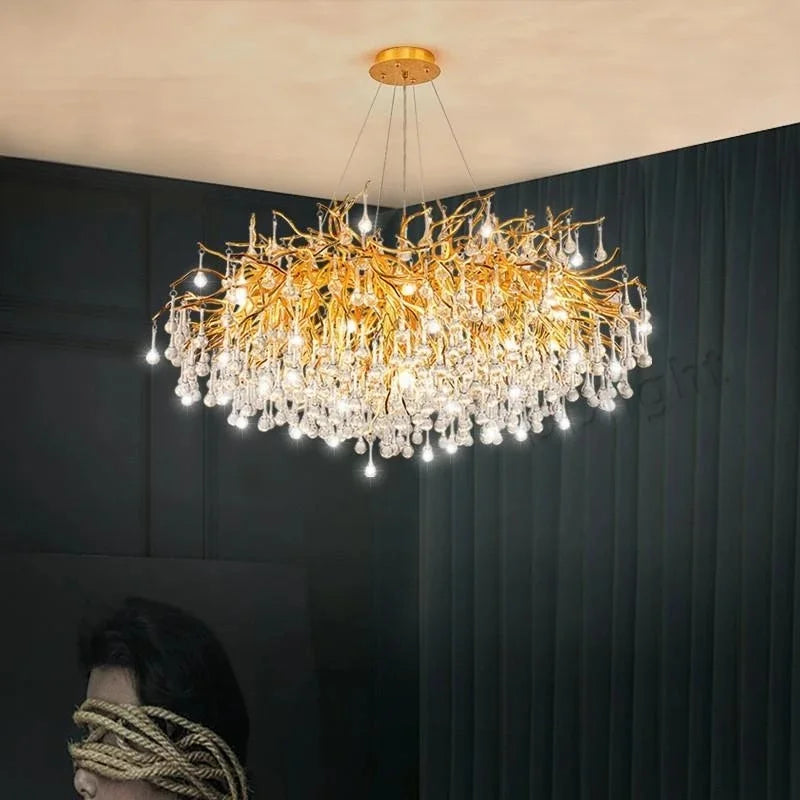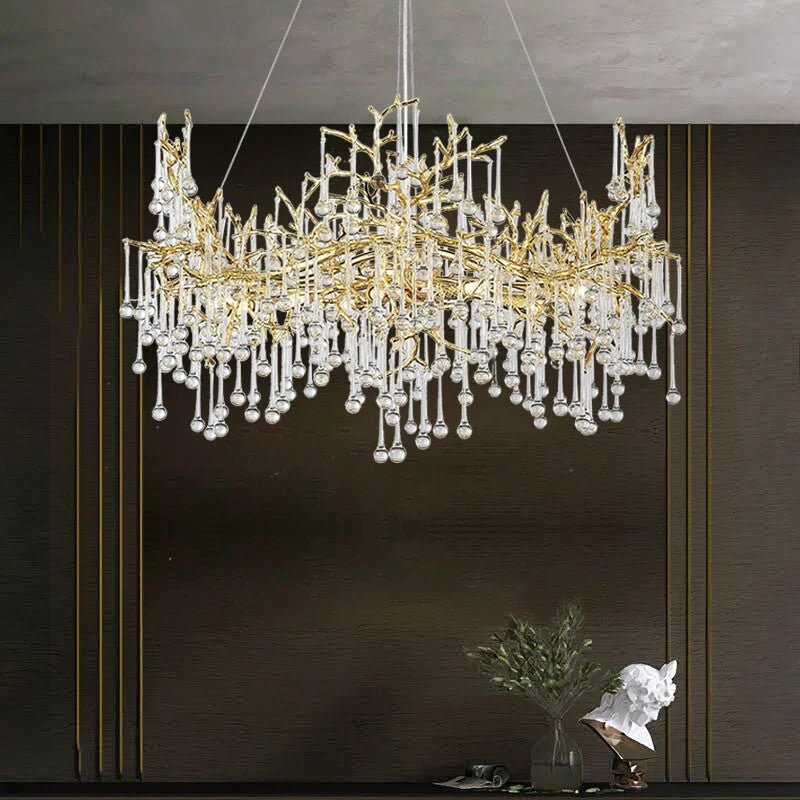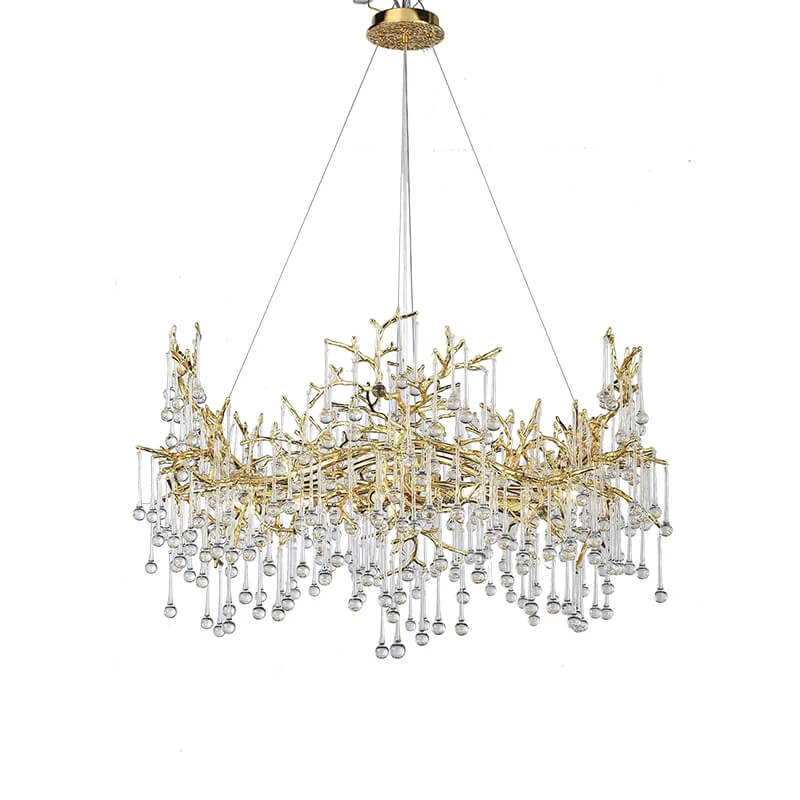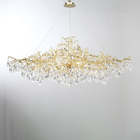Vintage chandeliers are more than just light fixtures; they are pieces of history and art. Collectors and enthusiasts often seek these timeless treasures for their elegance and craftsmanship. This handbook aims to guide you in identifying the materials used in vintage chandeliers, helping you distinguish authentic pieces from reproductions.
Key Takeaways
- Vintage chandelier glass often has a grey tint due to high lead content, unlike modern reproductions.
- Double-sided faceting in glass or crystal drops is a sign of authenticity in older chandeliers.
- Brass, bronze, silver, and gold are common metals used in antique chandeliers, each with unique markings.
- Bohemian, French, and English crystals have distinct characteristics and historical significance.
- Proper preservation and restoration techniques are crucial for maintaining the originality and value of vintage chandeliers.
Recognising Authentic Vintage Chandelier Glass
If you're considering adding a crystal chandelier to your space, an authentic vintage chandelier is a fantastic choice. The charm of these high-drama pieces, which represent a bygone era of luxury and grandeur, is often closely tied to the historic details of the piece itself.
Lead Concentration and Colour
One key indicator that a chandelier is not a later reproduction is the colour of the glass. Early glass had a high lead concentration, which gives it a grey tint. This grey tint is a hallmark of older glass and can help distinguish it from newer pieces.
Faceting Techniques
Older specimens of chandelier glass or crystal drops often have double-sided faceting. In contrast, more contemporary pieces typically feature a faceted side and a smooth side. This difference in faceting techniques is a useful clue in identifying authentic vintage chandeliers.
Common Reproduction Indicators
To spot a reproduction, look for inconsistencies in the glass colour and faceting. Modern reproductions may lack the grey tint and double-sided faceting found in authentic vintage pieces. Additionally, pay attention to the overall craftsmanship and materials used, as these can also provide hints about the chandelier's authenticity.
Identifying Metals in Vintage Chandeliers
Brass and Bronze Characteristics
Brass and bronze are common in vintage chandeliers. Brass is an alloy of copper and zinc, while bronze is mainly copper and tin. Brass often has a bright, gold-like appearance, whereas bronze has a darker, reddish-brown hue. Over time, both metals develop a patina, which can help in identifying their age.
Silver and Gold Markings
Vintage chandeliers may feature precious metals like silver and gold. These metals often have assay marks that can help date the piece. Silver usually tarnishes over time, developing a blackish layer, while gold remains relatively untarnished. Look for these markings to ensure authenticity.
Alloy Compositions
Alloys like brass and bronze are not the only metals used in vintage chandeliers. Other alloys may include nickel, pewter, and even some forms of steel. Each alloy has its own unique properties and ageing signs, which can be crucial for identification. For instance, pewter often develops a dull grey patina, while nickel retains a shiny, silvery finish.
Identifying the metals in a vintage chandelier can be a rewarding experience, offering insights into its history and craftsmanship.
Crystal Types and Their Historical Significance
Bohemian Crystal
Bohemian crystal is known for its exceptional clarity and brilliance. Originating from the Czech Republic, it has been a favourite among collectors for centuries. The intricate designs and high lead content make it a standout in any crystal chandeliers collection. Bohemian crystal chandeliers often feature stunning chandeliers with sparkling crystals that add elegance and sophistication to any room.
French Crystal
French crystal, particularly from regions like Baccarat, is renowned for its craftsmanship. These crystals are often hand-cut and polished to perfection. The French have a long history of producing high-quality crystal, and their chandeliers are no exception. The designs are usually more elaborate, with a focus on artistic expression and luxury.
English Crystal
English crystal is typically heavier and has a more understated elegance compared to its Bohemian and French counterparts. It often features simpler designs but is equally admired for its quality. English crystal chandeliers are known for their durability and timeless appeal, making them a valuable addition to any collection.
Wood and Other Organic Materials in Vintage Chandeliers
Vintage chandeliers often feature wood and other organic materials that add a unique charm and warmth to any space. These materials, inspired by nature, bring a touch of the outdoors inside, creating a cosy and inviting atmosphere.
Common Wood Types
In vintage chandeliers, you will frequently find woods like oak, mahogany, and walnut. These types of wood were chosen for their durability and beautiful grain patterns. Oak is known for its strength, while mahogany offers a rich, dark hue. Walnut, on the other hand, provides a lovely, warm tone that ages gracefully over time.
Carving and Inlay Techniques
The craftsmanship in vintage chandeliers is often showcased through intricate carving and inlay techniques. Artisans would spend countless hours hand-carving details into the wood, creating stunning designs that are both functional and decorative. Inlay techniques, where different materials are set into the wood, add an extra layer of detail and sophistication.
Signs of Ageing in Wood
Over time, wood in vintage chandeliers can show signs of ageing, which can actually enhance their beauty. Look for patina, a natural change in colour that occurs with age. Small cracks and wear marks are also common and can indicate the piece's history and authenticity. These signs of ageing are often sought after by collectors, as they add character and tell a story of the chandelier's past.
When evaluating a vintage chandelier, the presence of organic materials like wood can significantly influence its value and appeal. The natural ageing process and the craftsmanship involved make these pieces truly unique.
Evaluating the Craftsmanship of Vintage Chandeliers
Metalwork and Joinery
The authenticity of a vintage chandelier often lies in its metalwork and joinery. Skilled artisans used techniques that are hard to replicate today. Look for seamless joints and intricate details that indicate a high level of craftsmanship. Poorly done reproductions often have visible welds and lack the finesse of genuine pieces.
Glass Cutting and Etching
Glass cutting and etching are key indicators of a chandelier's quality. Vintage chandeliers often feature hand-cut glass with precise, sharp edges. Etchings should be clear and detailed, reflecting the artistry of the period. Modern reproductions may have machine-cut glass, which lacks the same level of detail and precision.
Assembly and Design Complexity
The complexity of a chandelier's design can also reveal its authenticity. Older chandeliers were meticulously crafted, with intricate designs and ornate details. They were often made from expensive materials such as brass, crystal, and gold leaf. The size and complexity of chandeliers varied depending on the wealth and status of the owner, with larger chandeliers reserved for grand public spaces and smaller ones for private residences.
When evaluating a vintage chandelier, always consider the craftsmanship. The level of detail and the quality of materials used can provide significant clues about its authenticity and value.
Dating Vintage Chandeliers Through Design Elements
When looking to date vintage chandeliers based on design elements, it's essential to consider the influences of different historical periods. Styles like Renaissance, Baroque, and Rococo each bring their unique flair to chandelier design. Understanding these design elements can provide valuable insights into the era in which a chandelier was crafted. By examining the intricate details and ornate features, one can uncover clues about the chandelier's age and historical significance. Paying attention to the intricate carvings, shapes, and decorative motifs can reveal the artistic influences that shaped the chandelier's creation. Additionally, the use of specific materials and techniques can also offer clues about the chandelier's origins and craftsmanship.
Preservation and Restoration of Vintage Chandeliers
Preserving and restoring vintage chandeliers is a rewarding endeavour that not only maintains their beauty but also their historical significance. Chandeliers lend themselves beautifully to refurbishment and restoration, reducing waste and diminishing the need for new manufacturing.
Vintage chandeliers are more than just light fixtures; they are pieces of history that add charm to any room. Preserving and restoring these beautiful items can be a rewarding project. If you want to learn more about how to care for your vintage chandeliers, visit our website for detailed guides and tips. Don't miss out on bringing a touch of elegance to your home!
Conclusion
Identifying the materials of vintage chandeliers can be a delightful journey into the past. By understanding the unique characteristics of different materials, such as the grey tint of early glass or the intricate designs of brass and gold leaf, collectors can appreciate the craftsmanship and history behind these stunning pieces. Whether you are a seasoned collector or just starting out, knowing what to look for can help you find authentic and valuable chandeliers that add a touch of elegance and history to any space. Keep exploring, and let the charm of vintage chandeliers light up your world.
Frequently Asked Questions
How can I tell if a chandelier is truly vintage?
Look for signs like a grey tint in the glass, which indicates a high lead concentration. Also, older glass drops usually have double-sided faceting.
What metals are commonly used in vintage chandeliers?
Vintage chandeliers often use metals like brass, bronze, silver, and gold. Alloys are also common.
What types of crystal are found in vintage chandeliers?
You can find Bohemian, French, and English crystal in vintage chandeliers. Each has its own unique history and characteristics.
How can I identify the wood used in a vintage chandelier?
Common wood types include oak, walnut, and mahogany. Look for signs of ageing and specific carving techniques to help identify the wood.
What should I look for in the craftsmanship of a vintage chandelier?
Pay attention to the metalwork, joinery, glass cutting, and etching. The complexity of the design can also be a good indicator.
How do I preserve and restore a vintage chandelier?
Use gentle cleaning techniques, repair damaged parts carefully, and try to maintain the original features as much as possible.

